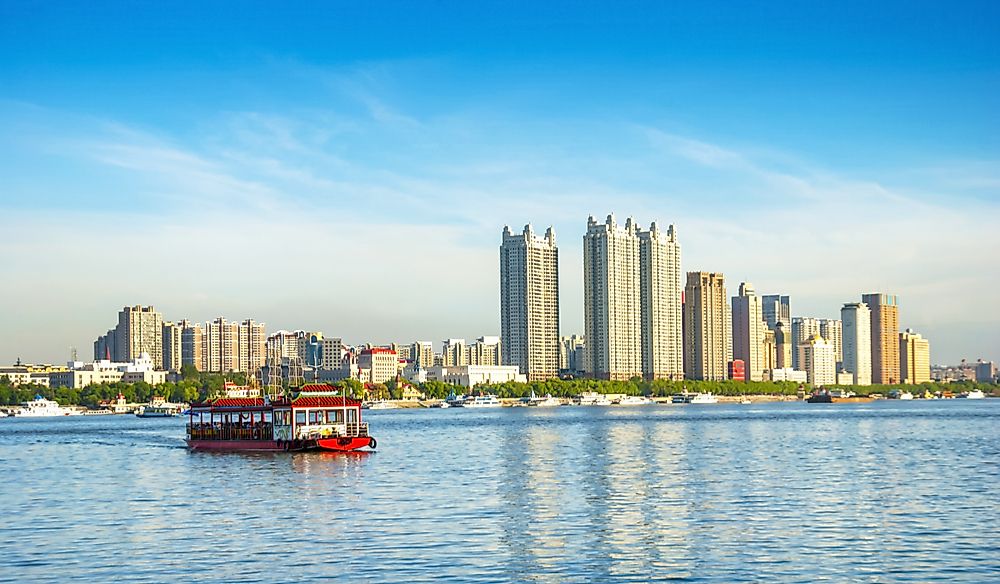What Is The Capital Of The Heilongjiang Province Of China?

Heilongjiang is a province in northeast China, where it occupies the northernmost and easternmost part of the country and shares an international border with Russia. With an area of 454,800 km2 and an estimated population 38,312,224, Heilongjiang is China's sixth most extensive and 15th most populous province. The highest point in the province, Mount Datudingzi, has an elevation of 1,690 m. Heilongjiang is one of the country’s largest of agricultural and industrial centers. Harbin is the capital and largest city of Heilongjiang.
Capital of Heilongjiang
Harbin occupies an area of 53,068 km2 in the southern part of the province and is located on the south bank of the Songhua River. Harbin features generally flat terrain, with an average elevation of 150 m. The city is nicknamed the "Ice City" given its bitterly cold winters that can last four to five months. Harbin hosts the Harbin International Ice and Snow Sculpture Festival each year in January.
Demographics of Harbin
Harbin is the eighth most populous Chinese city, as the prefecture-level and sub-provincial city had an estimated population of 10,635,971 in 2010. Han people are the largest population group in Harbin, while majority populations include Manchu, Korean, and Hui people.
Economy of Harbin
Harbin is a hub of commerce, education, science, and culture in Heilongjiang Province, as well as an important industrial base within the region. The city and its surrounding area feature fertile black soil, making Harbin an ideal location for the cultivation of food and cash crops. In addition to agricultural product processing, the city's largest industries include medicine, textiles, electronics, automobiles, and chemicals. Harbin also has a large power manufacturing industry, and foreign investment in the city has increased in recent years.
History of Harbin
Human settlement in the area that is now Harbin dates back to at least 2200 BCE. However, its history as a large city is more recent that many of China's provincial capitals. Prior to 1896, the area that is now Harbin was a tiny fishing village of the Manchuria people.
The city developed in response to the construction of the Chinese Eastern Railway in the late 19th century, which ran through the region and connected to the Trans-Siberian Railway. Harbin initially served as a construction hub of the railway industry, and later became a Russian military base. After the October Revolution, which was part of the Russian Revolution of 1917, thousands of Russian refugees arrived in Harbin. In fact, at one point the city had the largest Russian population outside the Soviet Union.
Japan occupied the city between 1932 and 1945, and it was made a part of Binjiang Province. Following the end of World War II, Soviet troops captured the city in 1945. However, the Soviet presence was brief, and one year later Communist Chinese overtook the city, and Harbin served as a military base. After the formation of the independent People’s Republic of China, Harbin became the provincial capital of Heilongjiang.











